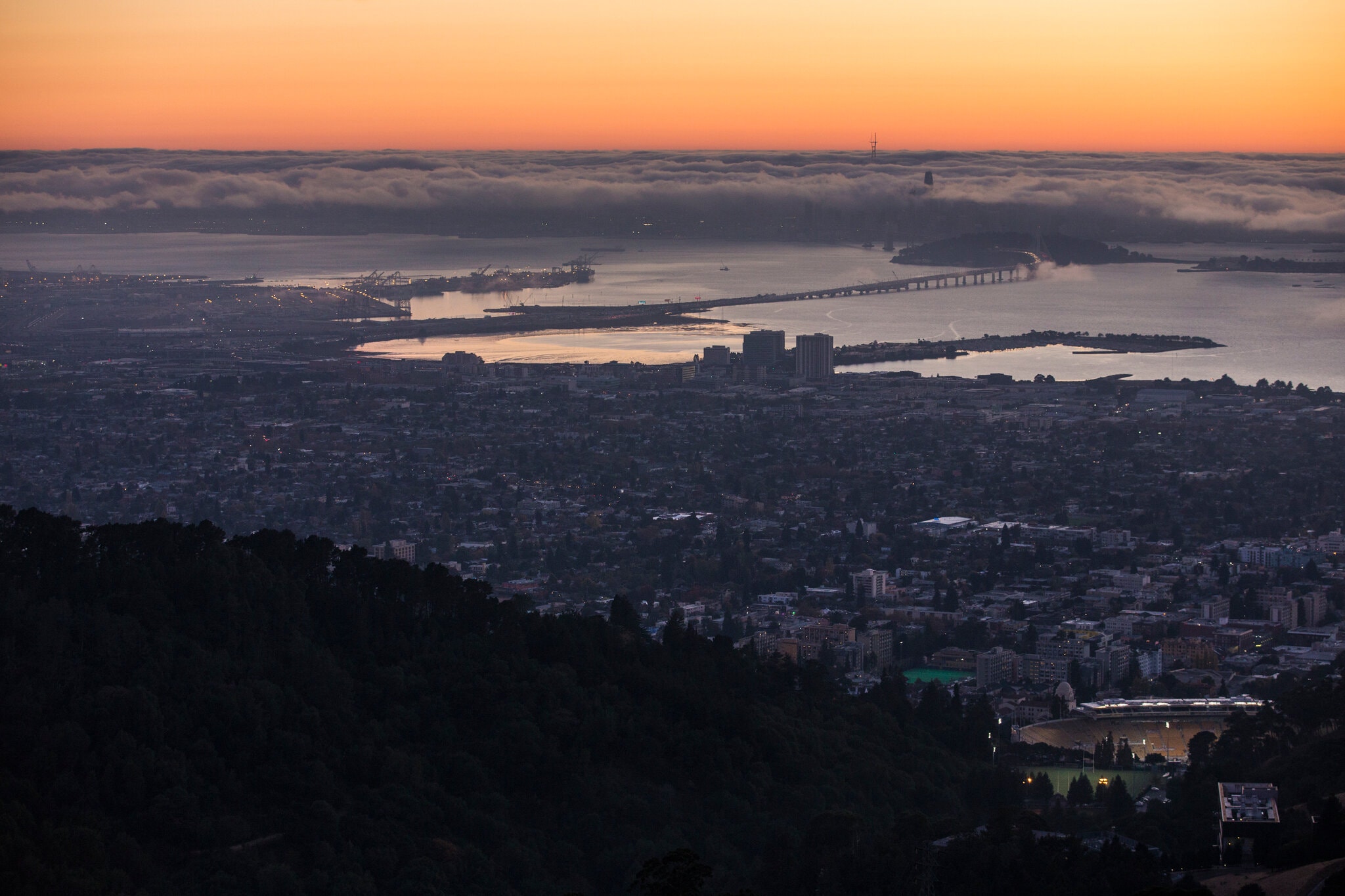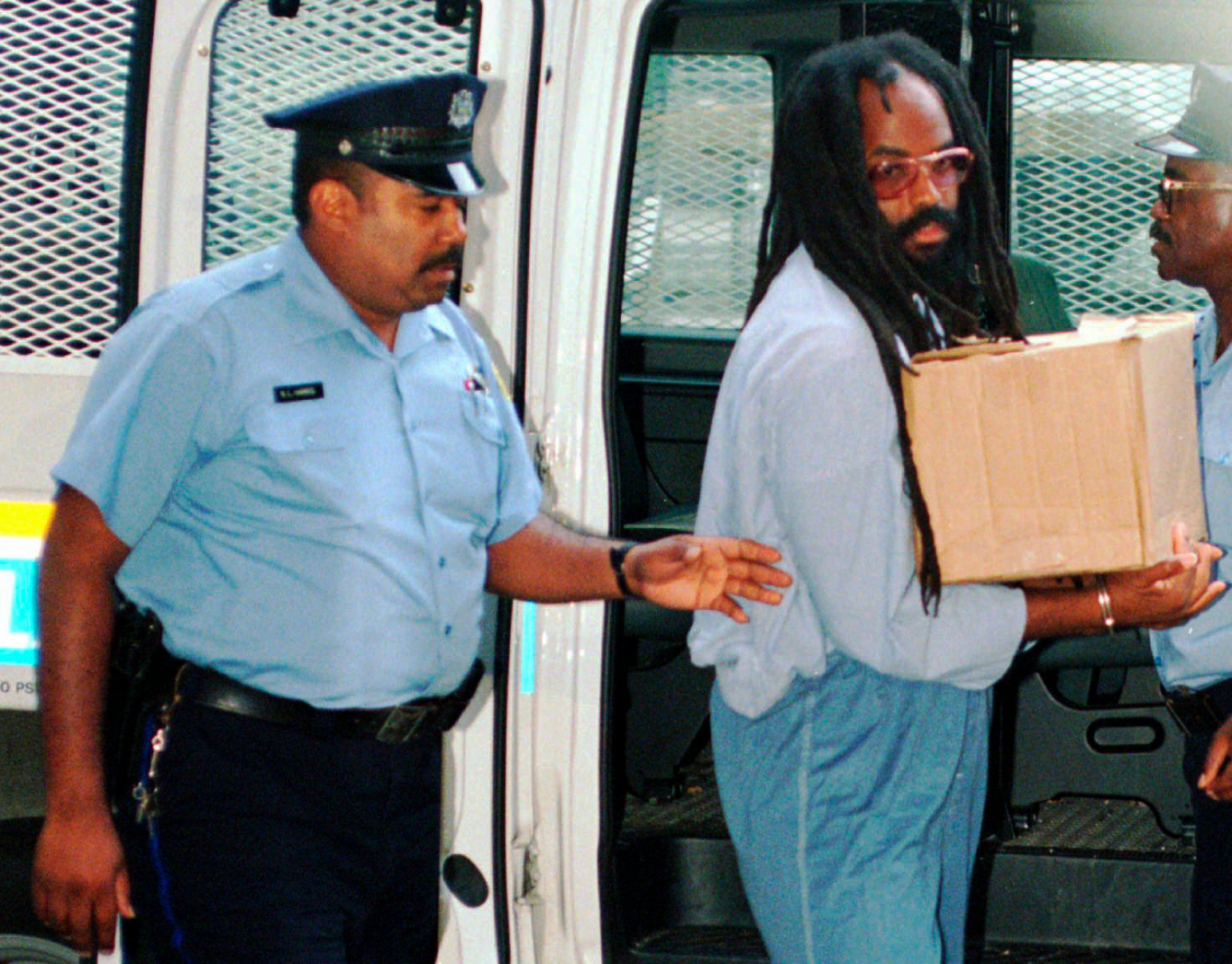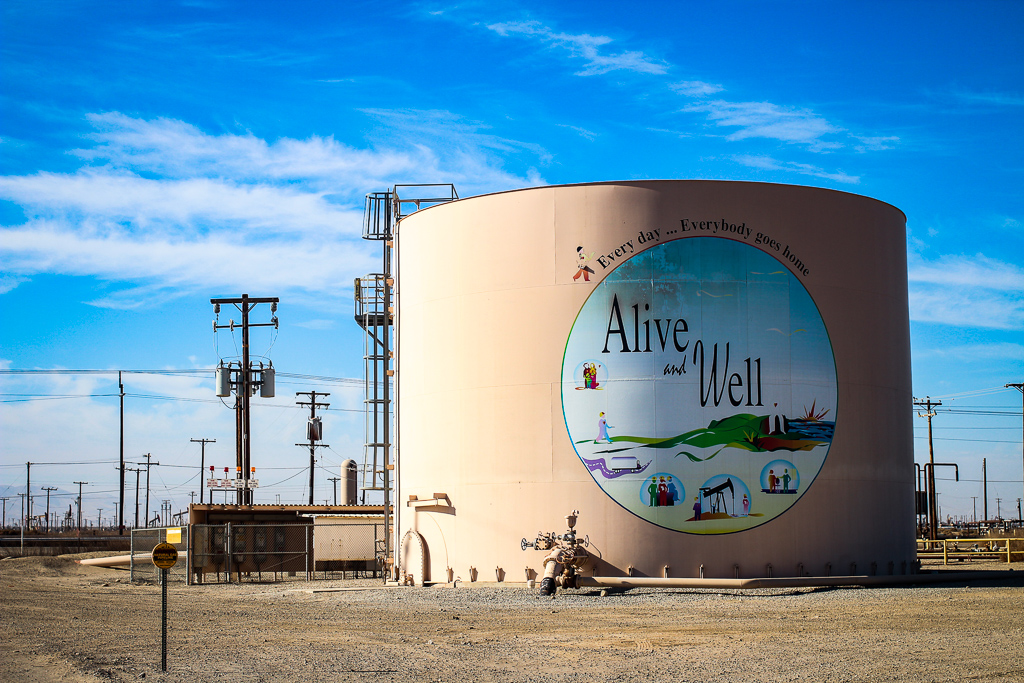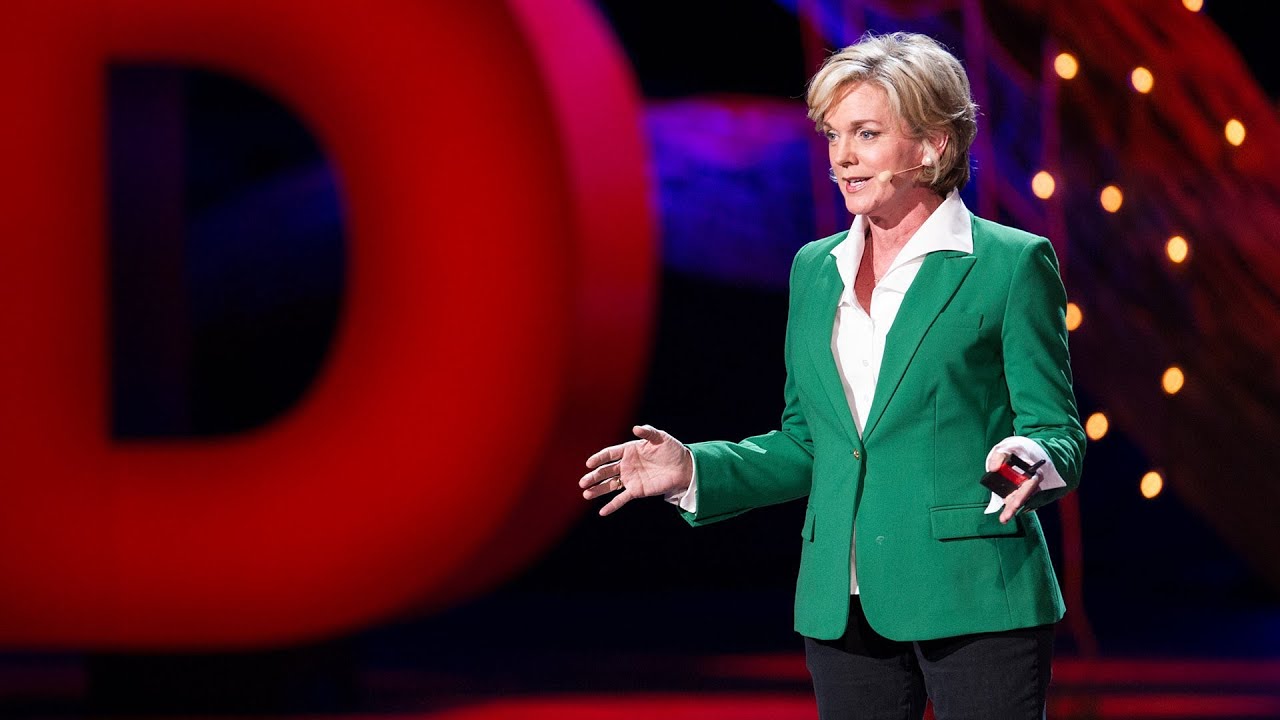A century ago, the civic leaders of Berkeley, Calif., pioneered what would become one of America’s most enduring systems of racial inequity — a soft apartheid of zoning.
In 1916, the city that is now a byword for progressivism became one of the first in the country to set aside large tracts of its land for single-family homes. Berkeley’s purpose was openly racist; as a real estate magazine of the era explained, excluding apartments and other densely populated residences was part of an effort to protect the wealthy white residents of Berkeley from an “invasion of Negroes and Asiatics.”
In the decades that followed, Berkeley’s restrictive zoning would be adopted by cities across California and the nation. Combined with other forms of discrimination in real estate — including “redlining,” which restricted access to loans for homes in nonwhite areas, another practice that shaped Berkeley’s growth — zoning limits cemented racism into America’s urban landscape.


Andrew Burton for The New York Times
Add a comment





